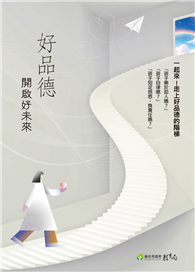Through cultural criminology, this book brings together existing research to provide an overview of historical and modern moral panics related to human trafficking.
What do you picture when you hear the words human trafficking? Perhaps you imagine someone kidnapped and sold as shown in films, or worry that sex trafficking increasingly occurs online, or in big cities during major events. While sex trafficking does occur, the reality of human trafficking is complex, though this reality is often obscured by the media. The media has played a large role in shaping understanding of this crime, with panics, conspiracies, and misinformation abounding. This book uses cultural criminology to break down historical and modern panics to understand the links between media portrayals of human trafficking, perpetuation of stereotypes, and influences on policy. The text examines the impacts of human trafficking panics perpetuated by media, including understanding the origins of human trafficking in the nineteenth century white slave panic, the ways that popular media perpetuates stereotypes, the reality of trafficking at sporting events, and the role of social media in generating misinformation.
Human Trafficking Hysteria is a valuable resource for criminology and sociology classes, as well as special-topics classes on sex crimes, victimization, or the media.












